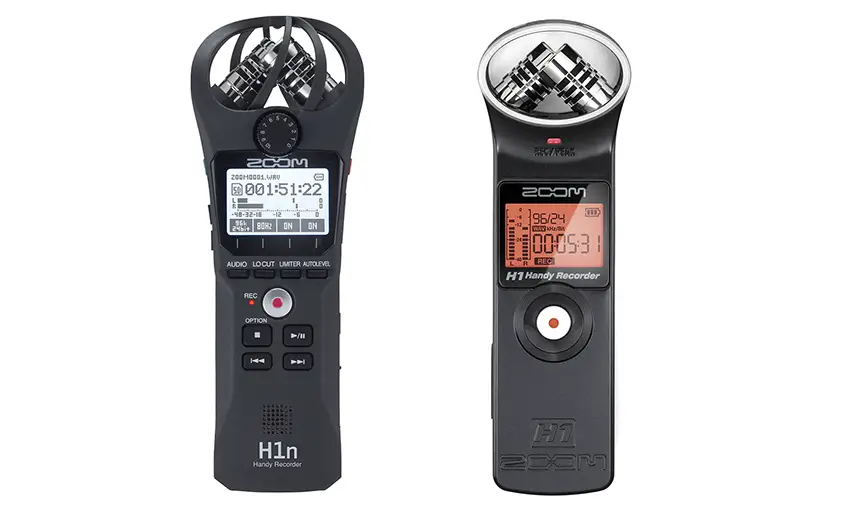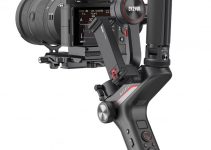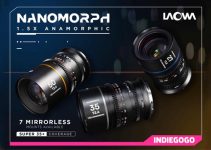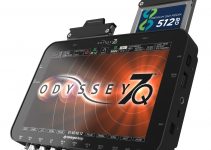The Zoom H1 has been a staple for entry-level filmmakers and run-and-gun shooters who are looking for an affordable, easy-to-carry-around field recorder that provides superb sound quality in a compact and lightweight form factor.
At CES 2018, Zoom introduced the H1N, the long-awaited successor of the H1 model with an improved design and some new features on board that may interest new and even some existing users. Filmmaker Gus DaCosta goes over the differences between the H1 and H1N recorders and whether it’s worth upgrading to the shiny new model.
When comparing the build quality and design, both models seem to be relatively similar. Each unit has an all-plastic construction that is still very durable and easy to hold. It is worth noting, however, that the H1N is slightly larger than the H1, even though the difference is not very significant. Also, the H1N’s outer casing has a sleeker matte black finish than the H1.
Besides construction, another aspect of each recorder’s build is the location of the buttons. On the new H1N recorder, there are a lot more buttons on the unit then on the H1, which were initially located on the left side of the device. Instead, all the buttons on the H1N are located on the front of the recorder, with settings accessible through the newly back-lit LCD which has the different parameters labeled on the bottom of the screen, corresponding to several buttons below the display.
A handy feature also implemented in the H1N is the addition of a dedicated audio gain dial on the top of the unit, just below the microphone. This allows for quick and convenient gain adjustments on the fly, compared to having to use the side buttons on the H1. DaCosta notes that the audio gain dial is actually very well built as it doesn’t easily turn due to accidental movement.
Unlike its predecessor, the H1N has additional enhancements including a limiter, adjustable playback speeds, overdubbing, and a voice emphasis feature. While these additions may not be that significant, they may come in handy in multiple situations. The onboard limiter, for instance, is actually a favorable option since it helps ensure your audio doesn’t peak when recording loud sources.

Regarding similarities, both audio recorders sport a Line In jack, Mini USB port, high/low cut filters, as well as the same X/Y microphone configuration. In fact, both the H1 and H1N are deemed to be similar in audio quality. DaCosta didn’t really notice a difference between the two recorders in his testing. Both counterparts still record at a maximum of 96KHz/24-bit which is more than enough even for the most demanding applications.
For a price tag of $120 for the H1N compared to the $80 of its predecessor, current H1 users may not exactly have enough reason to switch to the newer model. Then again, if you’re someone who’s in need of a recorder with features like a built-in limiter, dubbing, or variable playback rates, or if you just want to make use of the updated back-lit screen, the H1N is still an appealing addition to the Zoom’s affordable line of field recorders.
[source: Gus DaCosta]
Order Links:
Zoom H1N Digital Handy Recorder (Black) (B&H, Amazon)
Zoom H1 Digital Handy Recorder (Amazon)
Disclaimer: As an Amazon Associate partner and participant in B&H and Adorama Affiliate programmes, we earn a small comission from each purchase made through the affiliate links listed above at no additional cost to you.




